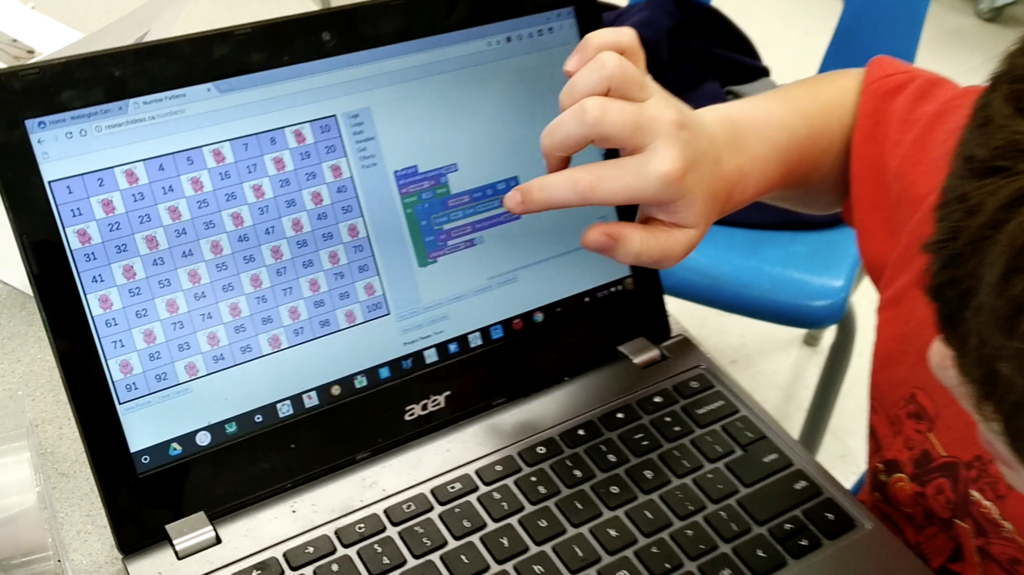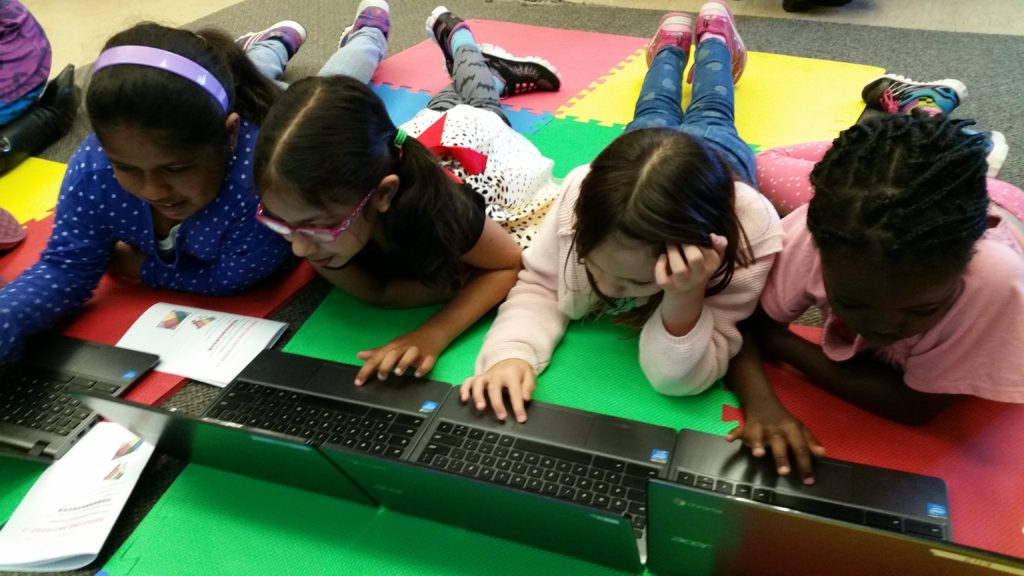A MOMENTUM AND A GAP
There is a growing momentum in education to engage K-12 students with computational thinking. At the same time, there is a gap between coding (as an end in itself) and authentic computational modelling practices of scientists and professionals to solve real-world problems and build knowledge – to learn – through computational “conversation” and “interaction” with their field (Barba, 2016), “with and across a variety of representational technologies” (Wilkerson-Jerde, Gravel and Macrander, 2015, p. 396).
COMPUTATIONAL MODELLING
Our societies are growing in complexity, in big part because of the intertwining connections afforded by new technologies. The use of computational tools to model phenomena, processes and relationships is becoming a prerequisite to scientific progress and economic success, as evidenced by the emergence of numerous computational modelling fields, such as computational biology, computational mathematics, computational finance, computational medicine, to name a few examples.
A POWERFUL LEARNING TOOL
A focus on computational modelling in education, which is not isolated but integrated with curricular subjects, not only prepares students for future success: it also provides students a powerful learning tool with which to design, test and refine conceptual models and build powerful understandings of what they are studying .
FIRST STEPS
The SSHRC Computational Thinking in Mathematics Education Research Partnership and the Computational Thinking in Mathematics Education Community of Practice, which is part of KNAER‘s Mathematics Knowledge Network, have been working in the direction of computational modelling in collaboration with the Wellington Catholic District School Board, the Robertson Program at the Eric Jackman Institute of Child Study, and St Andrews Public School.
REFERENCES
Barba, L.A. (2016). Computational Thinking: I do not think it means what you think it means. Blog post, retrieved 6 January 2018 from http://lorenabarba.com/blog/computational-thinking-i-do-not-think-it-means-what-you-think-it-means.
Wilkerson-Jerde, M.H., Gravel, E.G. & Macrander, C.A. (2015). Exploring shifts in middle school learners’ modeling activity while generating drawings, animations, and computational solutions of molecular diffusion. Journal of Science Education and Technology 24, 396-415.


